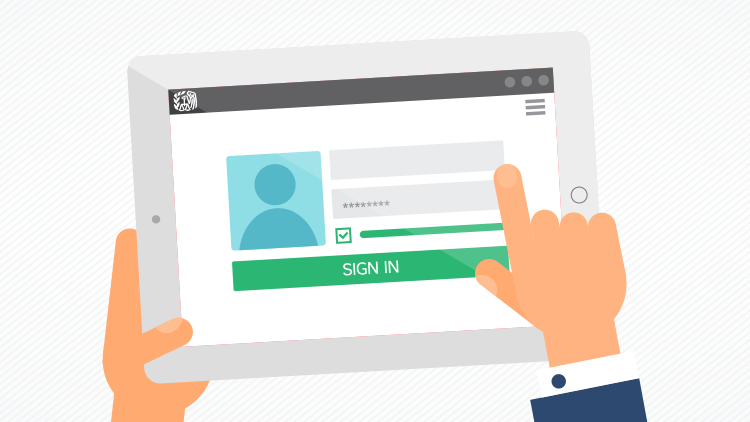
The Internal Revenue Service is continuing to move individual income tax features into the digital age. The agency’s latest move gives taxpayers digital control over who can represent them or view their tax records.
The new feature is one of the recent upgrades to the Online Account for individuals. It allows taxpayers to designate their tax professional of choice to represent them before the IRS with a Power of Attorney (POA) and to view their tax accounts with a Tax Information Authorization (TIA). In addition, tax professionals can now visit the new Tax Pro Account on IRS.gov to initiate POAs and TIAs online, using simplified versions of Forms 2848 and 8821.
“The ability for taxpayers to connect online with their tax professional is a groundbreaking step for the IRS,” said IRS Commissioner Chuck Rettig. “This is the first, basic step toward a more fully integrated digital tax system that will benefit taxpayers, tax professionals and the IRS.”
After it’s been submitted by the tax pro, an authorization request appears in the taxpayer’s Online Account; there, they can review the request, reject it if desired, or approve the request and attach a digital signature.
Because the login procedure puts the taxpayer in a secure environment, they simply need to check a box as their signature and send the authorization request straight to the IRS. A completed digital authorization is checked for accuracy before it goes into the Centralized Authorization File (CAF) database. No manual processing is necessary.
Most of these digital requests can be recorded immediately and show on the list of the taxpayer’s approved authorizations immediately in both the taxpayer’s Online Account and the practitioner’s Tax Pro Account. Some authorizations, however, could take up to 48 hours to process. Once that is complete, the tax pro can use the e-Services Transcript Delivery Service to see the taxpayer’s records.
The main benefits of the new digital authorization process is its speed. By automating this digital process, the IRS can turn its attention to those authorization requests it receives by fax, the mail, or through Submit Forms 2848 and 8821 Online – all of which require humans to process.
Getting started
Taxpayers have only to log in to their Online Account with their IRS username and password. First-time users, however, will be directed to create an account after completing a one-time process to confirm their identity.
If a taxpayer is unable to validate their identity, the Online Account won’t be available to them, so their tax pro would have to use the fax, mail or the online submission options instead. Tax professionals who haven’t logged into the Tax Pro Account before will also have to create an account and verify their identities.
The IRS says there are a few rules of the road to keep in mind with this new online process. At present, the digital authorization process is only for individual taxpayers. For now, businesses or other entities are not supported.
Tax pros have to be in good standing with the IRS and should already have a CAF number before making requests through a Tax Pro Account. The practitioner has to enter their information and that of their clients exactly as it appears on IRS tax records.
These features are only available to those with addresses in the United States. And keep in mind that the Tax Pro Account is a separate tool from e-Services.
From their Online Account, individual taxpayers can see:
- The amount they owe, updated for the current calendar day
- Their balance details by year
- Their payment history and any scheduled or pending payments
- Key information from their most recent tax return
- Payment plan details
- Digital copies of select notices from the IRS
- Their Economic Impact Payments, if any
- Their address on file
Taxpayers can also make a payment online, see payment plan options and request a plan through the Online Payment Agreement, and access their tax records via Get Transcript.
Source: IRS improves services to taxpayers with digital authorizations and launch of new Tax Pro Account
